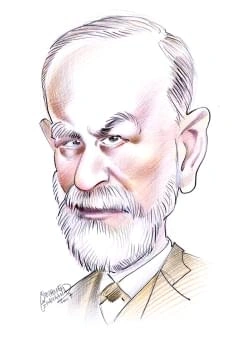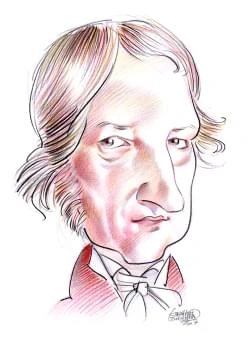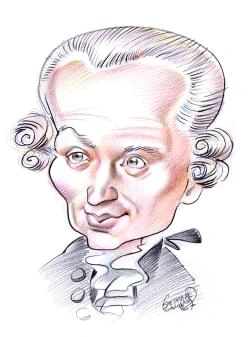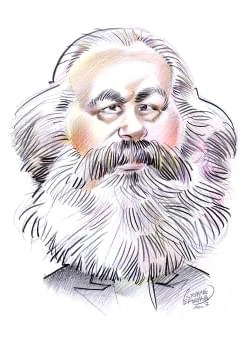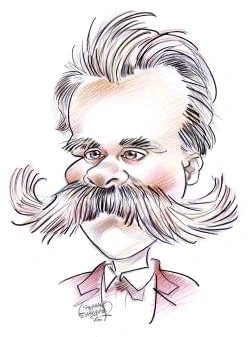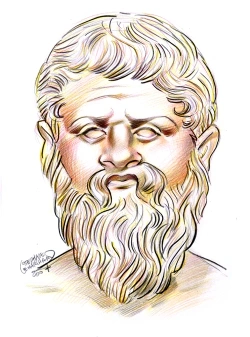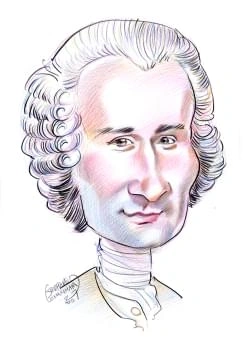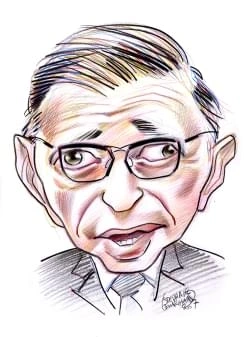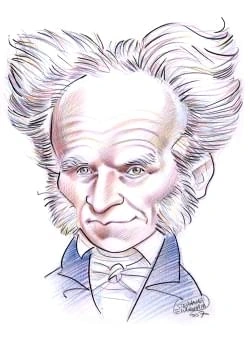5 résultats pour "calculus"
-
Calculus (mathematics)
I
INTRODUCTION
Limits
This graph, which charts the function f(x)=1x, shows that the value of the function approaches zero as x becomes larger
and larger.
DerivativesThe derivative of a function at a given point is equal to the slope of the line that is tangent to the function at that givenpoint. In this example, the derivative of f(x) at x0 is defined as the slope of AB in the limit of h going to zero. As hbecomes increasingly smaller, B moves along the curve towards A, and AB increasingly approximates T, the tangent to thecurve at x0.© Microsoft Corporation. All Rights Reserved. Let the dependent variable y be a function of the independent vari...
-
Isaac NewtonIINTRODUCTIONIsaac Newton (1642-1727), English physicist, mathematician, and natural philosopher, considered one of the most important scientists of all time.
B Calculus (Newton’s “Fluxional Method”) In 1669 Newton gave his Trinity mathematics professor Isaac Barrow an important manuscript, which is generally known by its shortened Latin title, De Analysi . This work contained many of Newton’s conclusions about calculus (what Newton called his “fluxional method”). Although the paper was not immediately published, Barrowmade its results known to several of the leading mathematicians of Britain and Europe. This paper established Newton as one of the...
-
Isaac Newton.
B Calculus (Newton’s “Fluxional Method”) In 1669 Newton gave his Trinity mathematics professor Isaac Barrow an important manuscript, which is generally known by its shortened Latin title, De Analysi . This work contained many of Newton’s conclusions about calculus (what Newton called his “fluxional method”). Although the paper was not immediately published, Barrowmade its results known to several of the leading mathematicians of Britain and Europe. This paper established Newton as one of the t...
-
Condorcet, Marie-Jean-Antoine-Nicolas Caritat de
years he also came under the influence of Euler, Fontaine, the Bernouillis and, above all, of the distinguished mathematician and academician, Jean Le Rond D'Alembert , who became his patron. He was elected Perpetual Secretary of the Academy of Sciences in 1773, and in 1782 became a member of the French Academy. An enthusiastic supporter and theorist of the Revolution, he played an important role in the drafting of the Déclaration des droits in 1789. Suspected later of being a Girondin, he w...
-
Physics
I
INTRODUCTION
Physics, major science, dealing with the fundamental constituents of the universe, the forces they exert on one another, and the results produced by these forces.
Starting about 1665, at the age of 23, Newton enunciated the principles of mechanics, formulated the law of universal gravitation, separated white light into colors,proposed a theory for the propagation of light, and invented differential and integral calculus. Newton's contributions covered an enormous range of naturalphenomena: He was thus able to show that not only Kepler's laws of planetary motion but also Galileo's discoveries of falling bodies follow a combination of his ownsecond law of m...
}})
